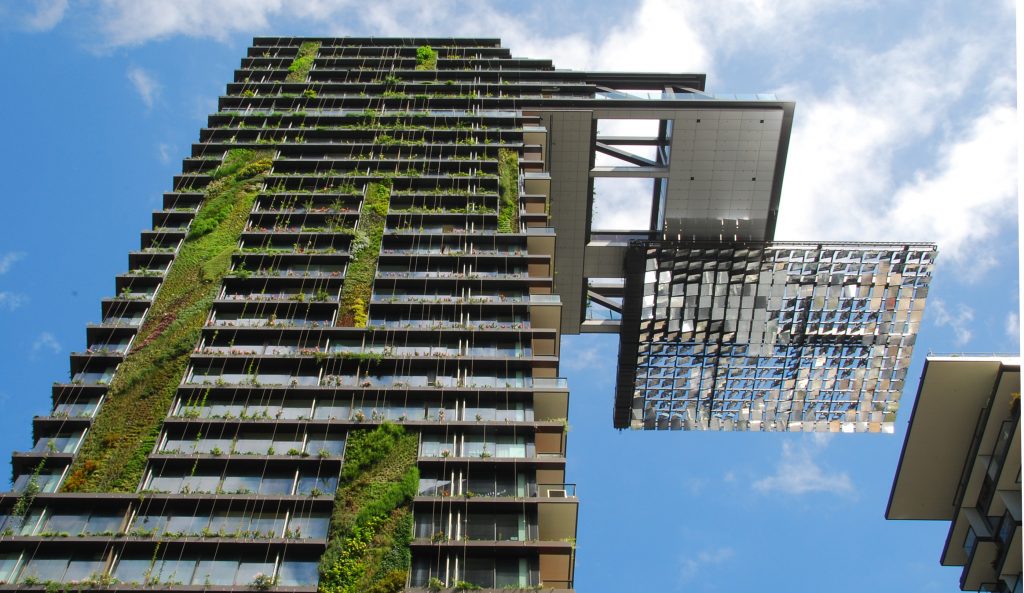
Abstract: Much of the efforts towards low carbon built environment focus on the building energy performance and the relationship between occupant behavior and efficient supply facilities, arguing that impacts are higher during operational stage. However little progression has been The ongoing study aims to provide a simplifed method to decide upon constructive systems for structural slabs based on hierarchical multicriteria weights applied to a set of criteria through a value function: durability, resource depletion, climate impact, investment cost, user comfort and functional design. The main function of slabs as load distribution layers of the structural frame used to be the solely priority of design practice. Other functions of the building as a dynamic system interact within the environment and occupants along time. Currently dealing with sustainable materials and life cycle inventories we aim to provide with a reproducible method for early election of the type of slab by embedding environmental (resource efficiency) and social (durability and performance) criteria among the design criteria. First, we seek for a way to hierarchically distribute the criteria and sub-criteria among the goals against resource depletion and the diverse alternatives. AHP-based MCDM is chosen to build a multi-level hierarchical structure of objectives, criteria, subcriteria, and alternatives. The analysis outlines the expert preferences for factors of buildability and cost premium of implementation of high environmental value of project design. Further analysis will focus on interrelation among factors.
Keywords:
AHP-based MCDM, value function, environmental impact, construction cost, resource depletion, functionality, construction systems elicitation.
Reference:
MOLINA-MORENO, F.; YEPES, V. (2015). Success factors for integration of sustainable practices at high performance building processes through AHP-based MCDM. 23rd International Conference on Multiple Criteria Decision Making. 2nd-7th August 2015, Hamburg, Germany, 7 pp.
